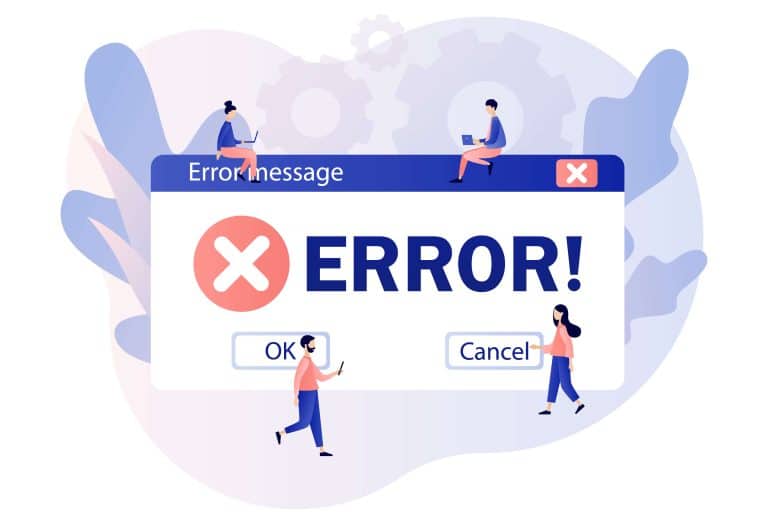A small businesses that wants to stand out and attract top talent, competitive compensation plays a key role. It involves more than just salary. A mix of financial and non-financial rewards contributes to a workforce that feels valued and loyal.
This article explores the various components of employee compensation, and explains why it is important.
Table of Contents
ToggleThere Are Different Types of Compensation
Base Salary

The base salary, which constitutes the major part of an employee’s compensation, plays a crucial role in attracting and retaining talent. For small businesses, it’s paramount to determine competitive salaries that are in line with the going rate in their specific industry. This process involves meticulous research into industry standards, after which these benchmarks need to be adjusted for a variety of factors.
These factors can include the geographical location of the business, the level of experience of the employee, and the specific responsibilities associated with the role. It’s not enough to simply set these salaries once and then forget about them. Regular review and adjustment of salaries are crucial to keep up with changes in the market and keep pace with inflation.
This ensures that the remuneration offered to employees remains competitive, fair, and reflective of their skills and responsibilities. By doing so, businesses can ensure continued employee satisfaction and reduce the risk of losing valuable employees to competitors offering more attractive compensation packages.
Bonus and Commission Structure
In addition to base salaries, bonus and commission structures are powerful tools for aligning employee incentives with company goals. Bonuses should be structured to reward the achievement of specific, measurable objectives, fostering a culture of performance and achievement. Commission structures, particularly in sales roles, need to be fair and transparent, incentivizing employees without causing undue stress or competition.
Employee Benefits

Beyond the simple considerations of salaries and bonuses, it is important to remember that the package of employee benefits offered by a company serves as a crucial component of its overall compensation strategy. This often becomes the key differentiating factor between a small business and its competitors.
These benefits can encompass a wide array of offerings, from health insurance to retirement savings plans. They may also include provisions for paid time off from work, as well as flexible working arrangements that allow employees to balance their work and personal lives more effectively.
By carefully crafting and tailoring these benefits to meet the diverse and unique needs of each individual employee, a company can significantly elevate levels of job satisfaction amongst its staff. This, in turn, can foster a deep sense of loyalty towards the company, thereby enhancing productivity and reducing turnover rates.
Why Insurance is Important?
Insurance benefits are an integral and vital component of employee compensation packages. They are not mere additions, but rather, they play a pivotal role in shaping the overall attractiveness of the package. These benefits encompass a wide array of insurance types, including but not limited to health, life, disability insurance, and many others you can check out at Next.
The presence of a comprehensive insurance package is often a critical deciding factor for potential employees. It can tip the balance when they are making the difficult decision of which job offer to accept.
Furthermore, offering such a package is more than just a strategy to attract talent. It also sends a powerful message; it demonstrates a deep commitment to the welfare and well-being of staff members, showing that the company values them beyond their immediate contributions.
In addition, having a comprehensive insurance package can be a significant factor in retaining top talent. In a competitive job market, companies need to do more than just attract skilled workers; they also need to keep them. An attractive insurance package can be a compelling reason for employees to stay with a company, even when other opportunities are available.
Advantages of Performance-Based Compensation

Performance-based compensation can be a powerful motivator. By directly linking compensation to individual or team performance, employees are encouraged to align their efforts with company objectives.
However, implementing this effectively requires clear, achievable goals, and a transparent evaluation process. Performance-based compensation can take many forms, from bonuses and profit-sharing to non-financial rewards like additional vacation days or professional development opportunities.
Legal Insights
For small businesses, it is of the utmost importance to fully understand and navigate the complex legal landscape when it comes to structuring their compensation packages. This critical task involves ensuring compliance with a myriad of labor laws and regulations, including but not limited to, minimum wage laws, rules governing overtime pay, and other pertinent labor regulations.
These laws are put in place to safeguard the rights of workers and to ensure a fair working environment. In addition, businesses should be acutely aware of the necessity to ensure that their compensation practices are completely free from any form of discrimination.
This means offering equal pay for equal work, regardless of the employee’s gender, race, age, or any other protected characteristic. Adhering to fair labor standards is not only a legal obligation but also a demonstration of the business’s commitment to the fair and ethical treatment of its employees. By taking these steps, businesses can foster a positive work environment, reduce the risk of legal issues, and ultimately contribute positively to their bottom line.
FAQs
What is the HR talent management strategy?
An HR talent management strategy is a plan developed by organizations to attract, develop, retain, and utilize skilled employees effectively. It encompasses practices like recruitment, professional development, performance management, and succession planning.
What is employee retention compensation?
Employee retention compensation refers to the financial and non-financial rewards designed to keep employees from leaving the company. These can include salary increases, bonuses, benefits, and career development opportunities.
How do you implement a compensation strategy?
To implement a compensation strategy, first assess your organization’s budget and goals, then benchmark your pay against industry standards. Next, create a clear structure that aligns with performance and market demands, and communicate it transparently to all employees.
Who is responsible for talent retention?
The responsibility for talent retention typically falls on both HR departments and direct managers. HR creates the policies and frameworks, while managers ensure those policies are effectively applied and that employees feel valued and supported.
What is the difference between talent retention and employee retention?
Talent retention focuses on keeping highly skilled and high-performing employees within the organization, often involving targeted strategies for critical roles. Employee retention, on the other hand, refers to the broader approach of reducing turnover across all positions in the company.
Conclusion

Effectively navigating employee compensation is a vital aspect of managing a small business. It involves a balance of competitive salaries, thoughtful benefits, performance incentives, and legal compliance.
Small businesses must regularly review and adjust their compensation strategies to remain competitive, attract the best talent, and maintain a satisfied and motivated workforce. By prioritizing fair and attractive compensation packages, small businesses can create a strong foundation for success and growth.

